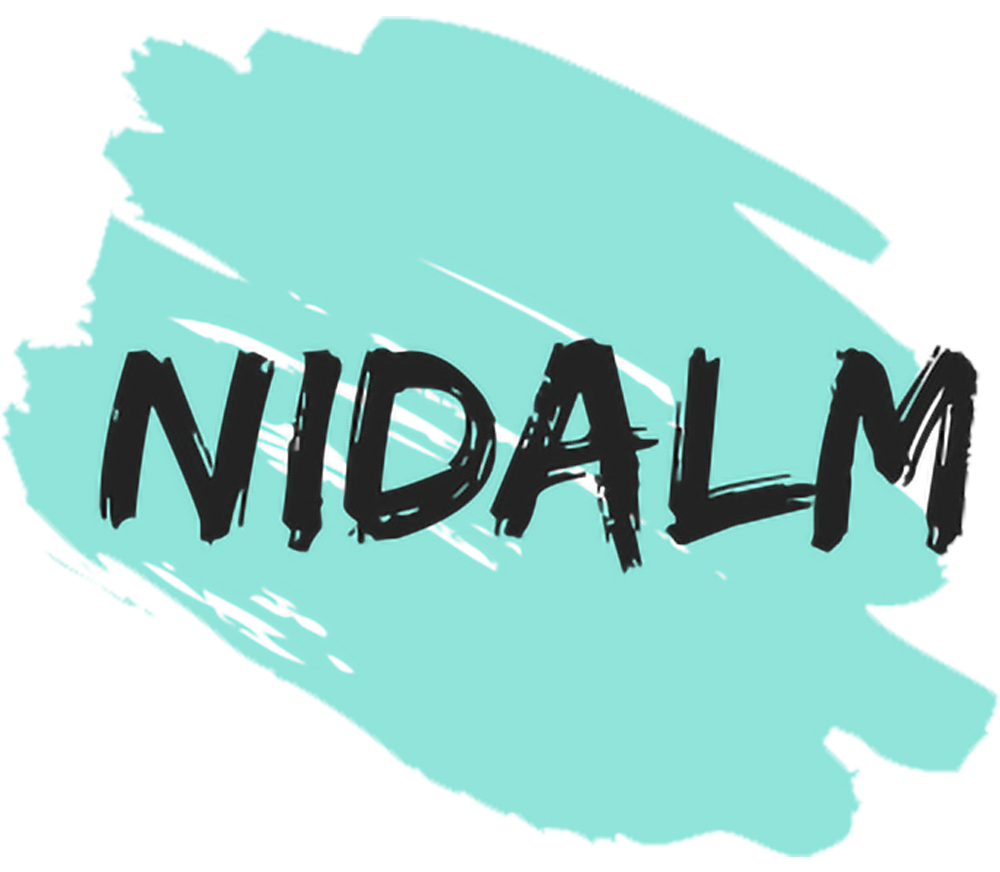
Pink Himalayan Salt – Information and Shopping Suggestions
Himalayan pink salt is an underground salt mined in the foothills of the Himalayan Mountains in Pakistan and India. The pink salt, which tends to have a pink tint because of mineral impurities, is used mainly for cooking and other food preparation, as well as for decorating lamps, bathtubs and other bathroom accessories. It is also commonly found in Indian cooking, especially in Kashmiri and Rajasthani cuisine. It has found its way into popular culture in the United States as well, particularly in the south, where it is used as table salt. The pink salt was introduced to the US market by health nuts, who favored the salt’s rich mineral content. Salt is essential for proper nutrition; however, its sodium content should be regulated to avoid too much sodium, which can be too overpowering.
The pink salt mined in the foothills of the Himalayan Mountains is a product of the Himalayan Mountains. It has a high mineral content that makes it ideal for using in cooking. It contains no additives or salt-soaked elements, making it a superior alternative to table salt. It has many of the minerals that are present in natural salt, including calcium, magnesium, potassium and iron, making it ideal not only for cooking but also for treating cuts, burns and abrasions in the body.
It is believed that Himalayan pink salt has many health benefits, one of which is its ability to stimulate the immune system. Boosting immunity levels is important in the prevention and treatment of illness. In addition, the salt helps reduce stress and improve overall blood circulation.
Another benefit of the salt is its ability to balance electrolytes and fluid balance. Maintaining the correct electrolyte balance is vital to overall body function. For example, a balanced electrolyte balance maintains normal electrolyte levels that prevent dizziness and other symptoms associated with low levels of sodium in the body. Conversely, salt increases fluid production, causing fluid retention and increasing the amount of sodium in the system. This leads to increased fluid imbalance, leading to higher blood pressure, seizures and nausea.
Irregular sodium levels in the body are also linked to the onset of arthritis, especially osteoarthritis. The salt has been shown to reduce arthritis pain by inhibiting signals sent by the sympathetic nervous system to the joints. Although the reduction in pain is not enough to prevent arthritis, it is believed to relieve some of the symptoms. One study performed at the University of Buffalo found that individuals with a high consumption of iodized salt had significantly less body pain than those with a lower consumption. Another study performed at the University of Rhode Island found that there was a decreased risk in the development of osteoarthritis among individuals who were advised to consume a minimum of three to four grams of table salt per day. For those who already had the disease, consuming more pink Himalayan salt (especially the salt used in cooking) resulted in a lower risk of developing new osteoarthritis over a period of five years.
There are many more studies that have been conducted on the effect of this type of salt on health. Some of the results so far show that although pink Himalayan salt may be high in sodium and potassium, it does not contain any trace amounts of magnesium, iron, zinc or other important minerals that our bodies need to maintain proper function. The lack of these minerals contributes to a number of conditions such as edema, mineral deficiencies and other disorders. On the positive side, people who regularly consume iodized salt report feeling more energetic, clearer and generally healthier. In the long run, people who reduce their sodium intake also see a decrease in the incidence of kidney stones and a decrease in the occurrence of high blood pressure.
